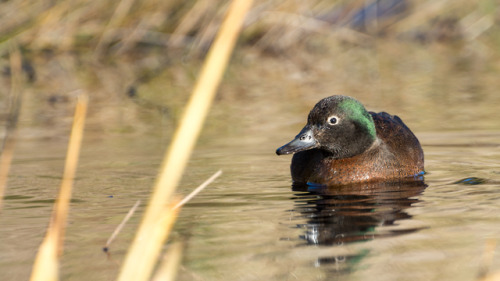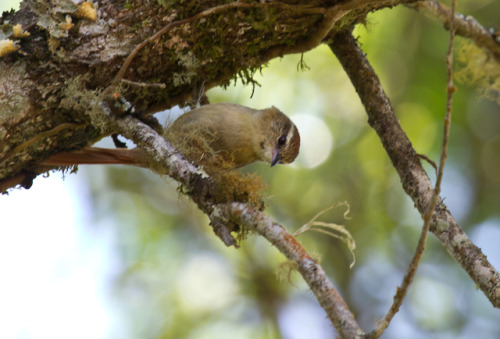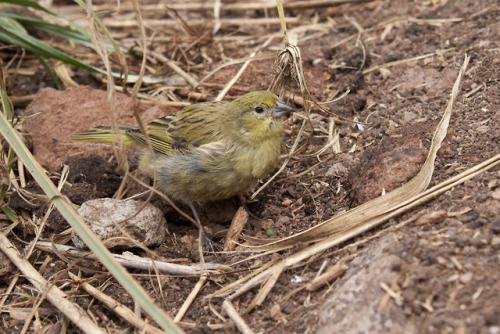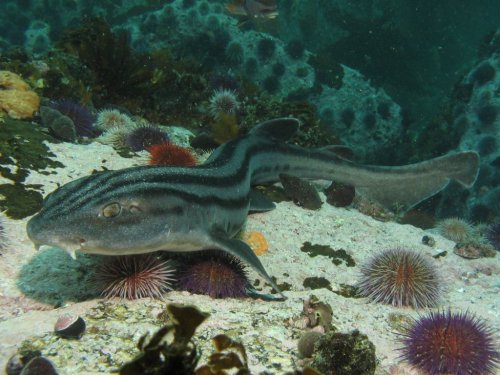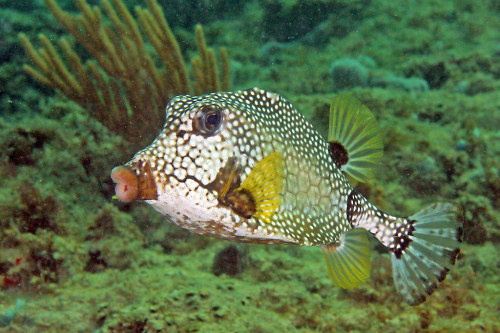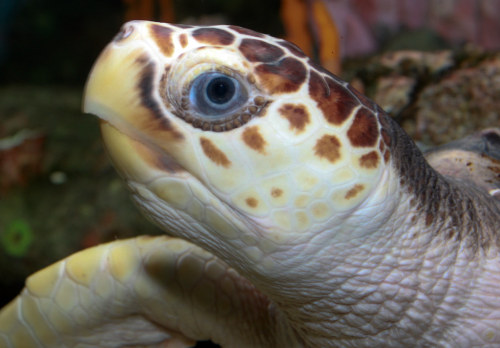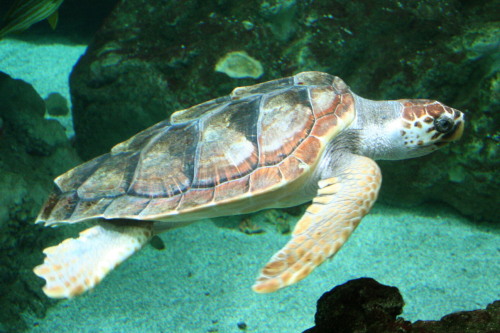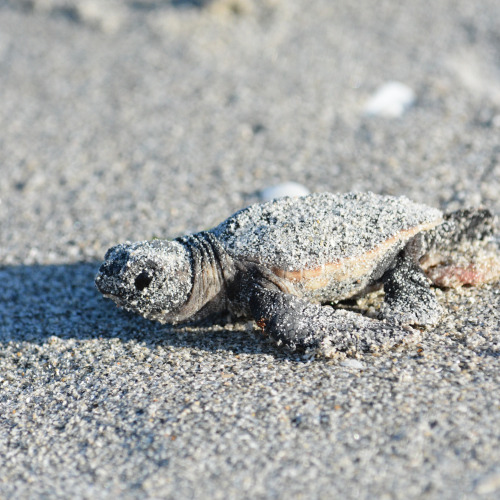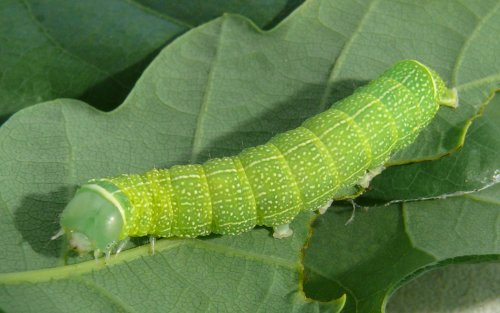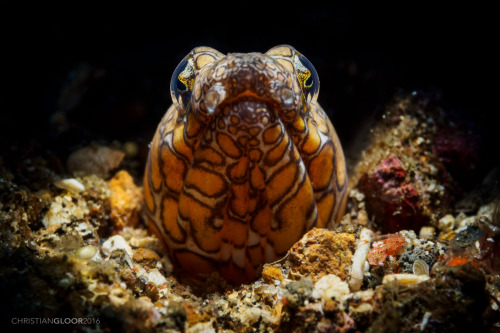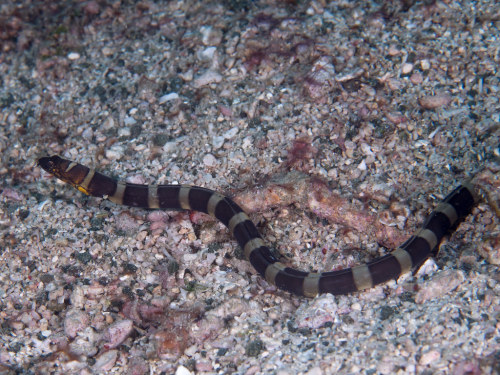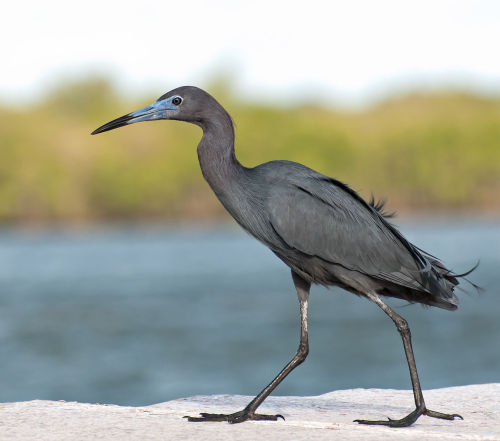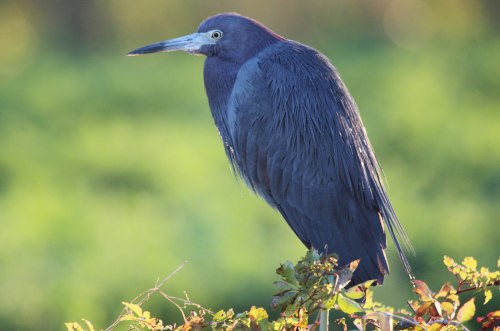#biology
Same-sex mouse parents give birth via gene editing
“Only pups with two moms survived to have babies themselves.”
Because the Y is a deteriorated X.
The best bit is that, because the physical distribution of the colour is based on the temperature of the skin at the time of hair formation, if you have to shave a colour-pointed cat for surgery, leaving a patch of cooler- exposed skin, the new hair grows in dark at first.
Anti-TNF therapy for ulcerative colitis in Brazil: a comparative real-world national retrospective multicentric study from the Brazilian study group of IBD (GEDIIB)
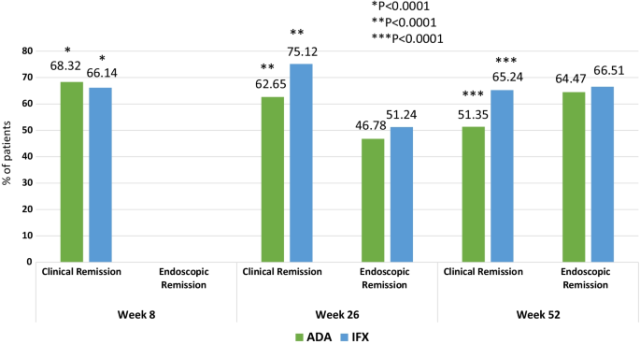 ALT
ALTBackground
Anti-TNF therapy represented a landmark in medical treatment of ulcerative colitis (UC). There is lack of data on the efficacy and safety of these agents in Brazilian patients. The present study aimed to analyze rates of clinical and endoscopic remission comparatively, between adalimumab (ADA) and infliximab (IFX), in Brazilian patients with UC, and evaluate factors associated with clinical and endoscopic remission after 1 year of treatment.
Methods
A national retrospective multicenter study (24 centers) was performed including patients with UC treated with anti-TNF therapy. Outcomes as clinical response and remission, endoscopic remission and secondary loss of response were measured in different time points of the follow-up. Baseline predictive factors of clinical and endoscopic remission at week 52 were evaluated using logistic regression model. Indirect comparisons among groups (ADA and IFX) were performed using Student’s t, Pearson χ2 or Fisher’s exact test when appropriated, and Kaplan Meier analysis.
Results
Overall, 393 patients were included (ADA, n = 111; IFX, n = 282). The mean age was 41.86 ± 13.60 years, 61.58% were female, most patients had extensive colitis (62.40%) and 19.39% had previous exposure to a biological agent. Overall, clinical remission rate was 66.78%, 71.62% and 82.82% at weeks 8, 26 and 52, respectively. Remission rates were higher in the IFX group at weeks 26 (75.12% vs. 62.65%, p < 0.0001) and 52 (65.24% vs. 51.35%, p < 0.0001) when compared to ADA. According to Kaplan–Meier survival curve loss of response was less frequent in the Infliximab compared to Adalimumab group (p = 0.001). Overall, endoscopic remission was observed in 50% of patients at week 26 and in 65.98% at week 52, with no difference between the groups (p = 0.114). Colectomy was performed in 23 patients (5.99%). Age, non-prior exposure to biological therapy, use of IFX and endoscopic remission at week 26 were associated with clinical remission after 52 weeks. Variables associated with endoscopic remission were non-prior exposure to biological therapy, and clinical and endoscopic remission at week 26.
Conclusions
IFX was associated with higher rates of clinical remission after 1 year in comparison to ADA. Non-prior exposure to biological therapy and early response to anti-TNF treatment were associated with higher rates of clinical and endoscopic remission.

Loving all the new products coming in the mail! They will be up in my shop early April!
Pyjama shark (Poroderma africanum)
The pyjama shark is a species of catshark, and part of the family Scyliorhinidae, endemic to the coastal waters of South Africa. This abundant, bottom-dwelling species can be found from the intertidal zone to a depth of around 100 m, particularly over rocky reefs and kelp beds. With a series of thick, parallel, dark stripes running along its stout body, the pyjama shark has an unmistakable appearance. It can grow up to a length of 1.1 m long. The pyjama shark is primarily nocturnal, spending most of the day lying motionless and hidden in a cave or crevice or among vegetation. It often forms groups, particularly during summer. This species is an opportunistic predator that feeds on a wide variety of fishes and invertebrates; it favors cephalopods and frequents the spawning grounds of the chokka squid. When threatened, it curls into a circle with its tail covering its head. Reproduction is oviparous, with females laying rectangular, dark brown egg cases two at a time year-round.
photo credits: Guido Zsilavecz,Illustrations of the Zoology of South Africa
Post link
Smooth trunkfish (Lactophrys triqueter)
The smooth trunkfish is a species of boxfish found on and near reefs in the Caribbean Sea, Gulf of Mexico and subtropical parts of the western Atlantic Ocean. The smooth trunkfish has an angular body sheathed in plate-like scales, growing to a maximum length of 47 cm, though 20 cm is a more normal size. The smooth trunkfish is found down to a depth of about 50 m on coral reefs and over sandy seabeds. The smooth trunkfish is normally solitary but sometimes moves around in small groups. It uses its protuberant lips to expel a jet of water which disturbs the sandy seabed and reveals any shallowly buried benthic invertebrates. It feeds on small molluscs, polychaete worms, acorn worms, peanut worms, small crustaceans, sponges and tunicates.
photo credits: Kevin Bryant
Post link
Loggerhead sea turtle (Caretta caretta)
The loggerhead sea turtle is a species of oceanic turtle distributed throughout the world. It is a marine reptile, belonging to the family Cheloniidae. The average loggerhead measures around 90 cm in carapace length when fully grown. The adult loggerhead sea turtle weighs approximately 135 kg, with the largest specimens weighing in at more than 450 kg. The skin ranges from yellow to brown in color, and the shell is typically reddish brown. The loggerhead sea turtle is found in the Atlantic, Pacific, and Indian Oceans, as well as the Mediterranean Sea. It spends most of its life in saltwater and estuarine habitats, with females briefly coming ashore to lay eggs. The loggerhead sea turtle is omnivorous, feeding mainly on bottom-dwelling invertebrates. Its large and powerful jaws serve as an effective tool for dismantling its prey. Young loggerheads are exploited by numerous predators; the eggs are especially vulnerable to terrestrial organisms. Once the turtles reach adulthood, their formidable size limits predation to large marine animals, such as sharks. The loggerhead sea turtle is considered a vulnerable species by the International Union for the Conservation of Nature. In total, 9 distinct population segments are under the protection of the Endangered Species Act of 1973, with 4 population segments classified as “threatened” and 5 classified as “endangered”.
photo credits: Brian Gratwicke,Brian Gratwicke,Strobilomyces,Jean-Lou Justine
Post link
Common Quaker (Orthosia cerasi)
The common Quaker is a moth of the family Noctuidae. It is distributed throughout Europe and is also found in Turkey, Israel, Transcaucasia, Russia and eastern Siberia. This is a variable species, the ground colour of the forewings ranging from greyish to orangey brown, sometimes with a broad dark band. The most distinctive features are two large stigmata, each edged by a narrow pale line, with a similarly coloured subterminal line.The wingspan is 34–40 mm. This moth flies at night in March and April and is attracted to light and sugar. The larva feeds on various trees and shrubs including apple, buckthorn, elm, oak, pear, poplar and willow as well as various Prunus species. The species overwinters as a pupa.
photo credits: Olaf Leillinger,Harald Süpfle
Post link
Napoleon snake eel(Ophichthus bonaparti)
The Napoleon snake eel is an eel in the family Ophichthidae (worm/snake eels). It is a marine, tropical eel which is known from the Indo-Pacific, including Durban, South Africa, Mauritius, Indonesia, Japan, Australia, and the Penghu Islands. It is known to dwell at a depth of 20 metres, and inhabits lagoons and reefs; it forms solitary burrows in sand sediments. Males can reach a maximum total length of 75 cm.
photo credits: Christian Gloor,divemecressi,Rickard Zerpe
Post link
Little blue heron (Egretta caerulea)
The little blue heron is a small heron belonging to the family Ardeidae. These herons breed in the Gulf states of the United States, through Central America and the Caribbean south to Peru and Uruguay. It is a resident breeder in most of its range, but some northern breeders migrate to the southeastern US or beyond in winter. This species is about 64–76 cm long, with a 102 cm wingspan, and weighs 325 g.These herons prefer freshwater swamps and lagoons in the South, while on islands in the North they inhabit coastal thickets. They breed in sub-tropical and tropical swamps with mangrove vegetation, wetlands (bogs, fens, peatlands, etc.) and marine intertidal salt marshes. It eats fish, frogs, crustaceans, small rodents and insects.
photo credits: Dario Sanches,Sandhillcrane
Post link




